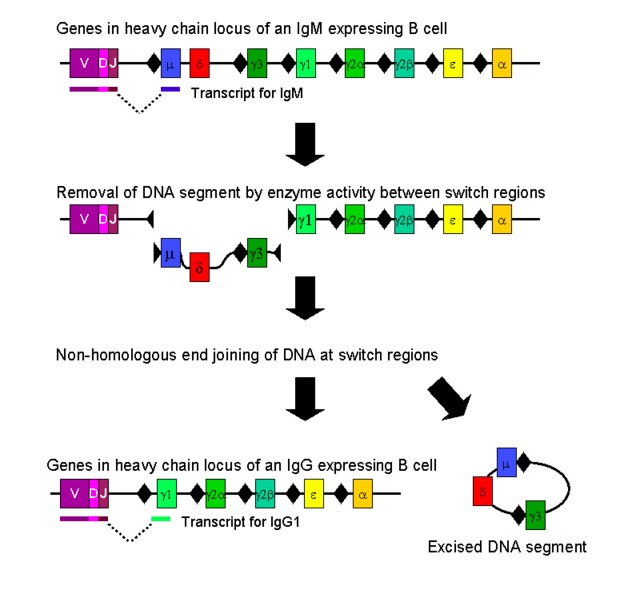Playlist
Show Playlist
Hide Playlist
Introduction – Antigen Processing and Presentation
-
Slides Processing & Presentation of Antigen.pdf
-
Reference List Immune System.pdf
-
Download Lecture Overview
00:01 The vast majority of T-cells that is the alpha-beta (αβ) T-cells, need to see antigen that is processed and presented to them. 00:09 So let’s explore together exactly what is meant by antigen processing and presentation. 00:15 So T-cells recognize protein antigens that are processed into peptides. 00:22 And what that means is that protease enzymes chop up the polypeptide chain into short stretches of amino acids - peptides. These peptides are then shown to the T-cell receptor or presented to the T-cell receptor by MHC molecules. So the peptide is put together with the MHC, and this combination of peptide-MHC is what the αβ T-cell needs to recognize.
About the Lecture
The lecture Introduction – Antigen Processing and Presentation by Peter Delves, PhD is from the course Adaptive Immune System.
Included Quiz Questions
Which of the following best describes the role of proteases in antigen presentation to T cells?
- Proteases process proteins into peptides for binding to the major histocompatibility complex molecules.
- Proteases bind peptides to major histocompatibility complex molecules.
- Proteases signal T cell receptors for binding to major histocompatibility complex molecules.
- Proteases strengthen the bond between the major histocompatibility complex molecule and the T cell receptor.
- Proteases act as antigens for binding to the major histocompatibility complex molecules.
Customer reviews
5,0 of 5 stars
| 5 Stars |
|
5 |
| 4 Stars |
|
0 |
| 3 Stars |
|
0 |
| 2 Stars |
|
0 |
| 1 Star |
|
0 |





